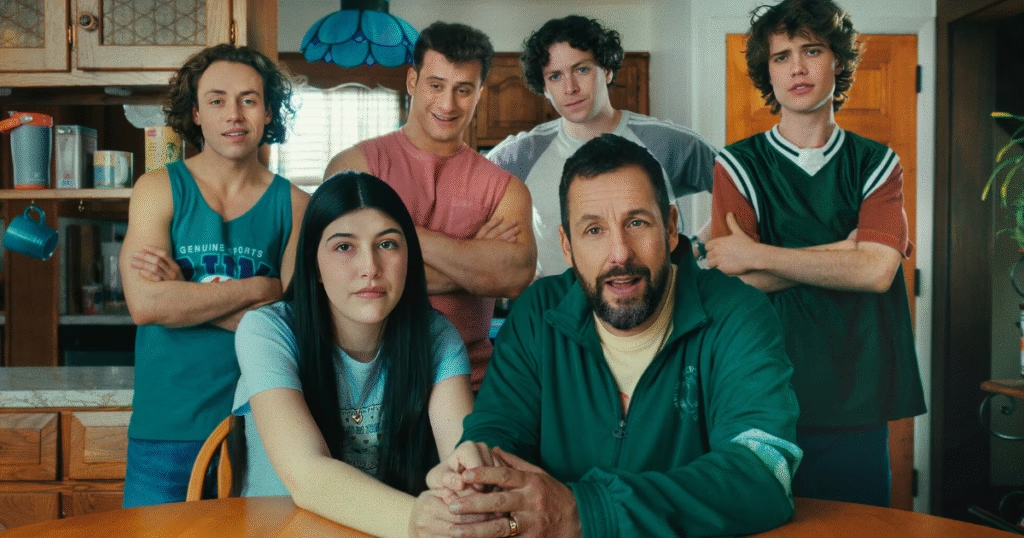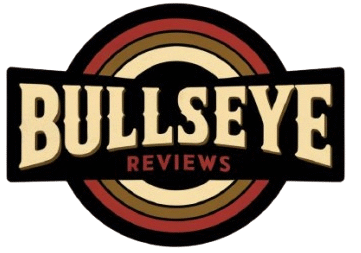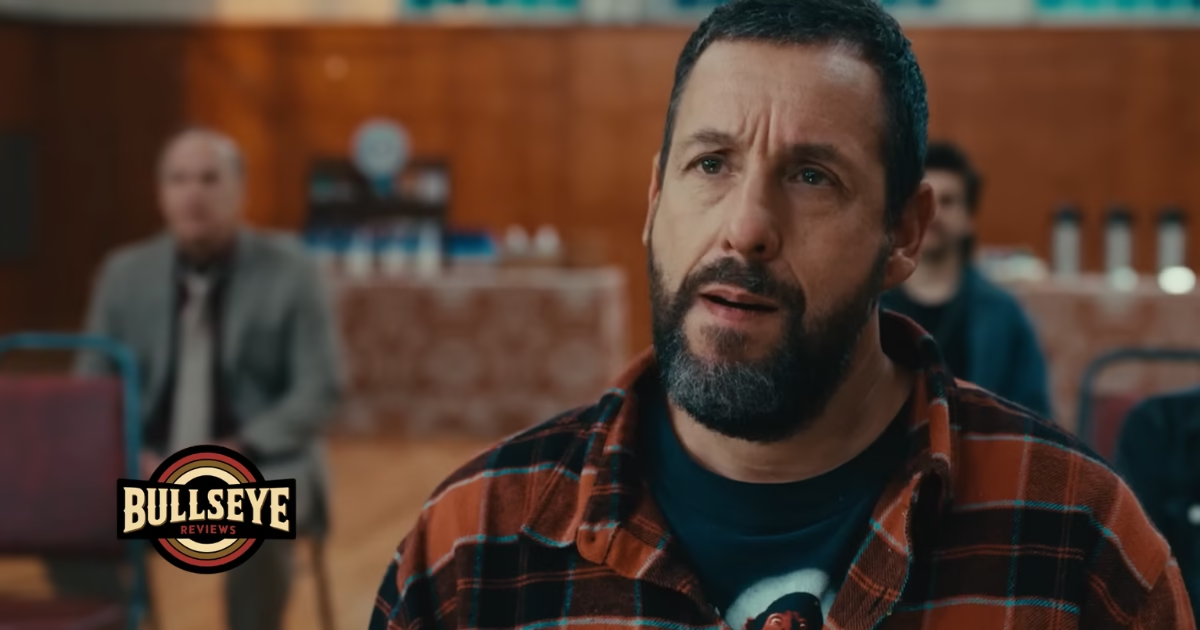A Nostalgic Comeback That Balances Chaos and Emotion
Three decades after the cult-favorite Happy Gilmore first hit the greens, Adam Sandler returns with Happy Gilmore 2, a film that surprises not by reinventing the formula, but by leaning into it — this time with a more heartfelt core. While the slapstick energy and outrageous gags remain intact, what sets this sequel apart is its willingness to explore grief and aging without sacrificing the absurdity that made the original a classic.
Directed by Kyle Newacheck, the sequel doesn’t aim to outshine its predecessor, but rather to evolve alongside its characters — especially its aging protagonist who’s more bruised, both emotionally and physically, than ever before.
Plot Overview: From Golf Legend to Grieving Father
We meet Happy Gilmore in a very different chapter of his life. Once a golf sensation, he’s now a widowed father of five, numbed by grief after a freak golfing accident takes the life of his wife, Virginia. Struggling with alcoholism, financial woes, and estranged children, Happy’s days of glory seem far behind him.
But when his daughter Vienna gets a shot at a prestigious ballet school in Paris, Happy sees one last opportunity to do something right — if he can pull himself together, get sober, and return to professional golf.
His comeback pits him against a gaudy new golf league called “Maxi Golf,” run by Frank Manatee (Benny Safdie), and eventually reunites him with old nemesis Shooter McGavin (Christopher McDonald) for a climactic showdown that could decide the fate of the sport itself.
Sandler’s Performance: Immature, But More Human
Adam Sandler doesn’t just reprise Happy — he matures him. The core traits are still there: the unfiltered rage, the outrageous outbursts, and the barely-there filter. But beneath it all is a broken man trying to reclaim some sense of worth. Sandler finds a delicate balance between absurdity and emotional resonance, making Happy both laughable and oddly relatable.

He’s not alone. The ensemble cast elevates the film, with standouts like Bad Bunny as the clueless yet endearing caddie Oscar, and Ben Stiller returning as the delightfully twisted Hal L. Cameos from sports stars and musicians like Rory McIlroy and Eminem add to the chaotic fun without feeling like filler.
The Downside: Uneven Tone and Overused Gags
Where Happy Gilmore 2 stumbles is in its transitions between slapstick and sincerity. Moments of genuine emotion are sometimes interrupted by ridiculous antics that dilute their impact. Some recurring jokes — like excessive cameos or physical comedy — begin to wear thin midway.
Additionally, while the film tries to expand the narrative beyond just Happy’s personal journey (e.g., the “save golf” subplot), it feels tacked on and less emotionally compelling than the central father-daughter storyline.
Final Verdict: A Cheesy, Charming Sequel That Knows What It Is
Happy Gilmore 2 doesn’t break new ground, but it never tries to. It knows exactly what it wants to be — a heartfelt, slightly chaotic comfort watch with enough laughs and nostalgia to satisfy fans of the original. If you’re expecting sharp satire or groundbreaking storytelling, look elsewhere. But if you want to laugh, tear up a little, and watch Adam Sandler yell at golf balls again? This one’s for you.
Bullseye Rating:★★★ (3/5 stars)
Happy Gilmore 2 is a feel-good sequel filled with absurd comedy, emotional depth, and a welcome return from Adam Sandler. While not flawless, it’s a worthy follow-up that blends slapstick and sentiment with surprising charm.
Now streaming on Netflix

